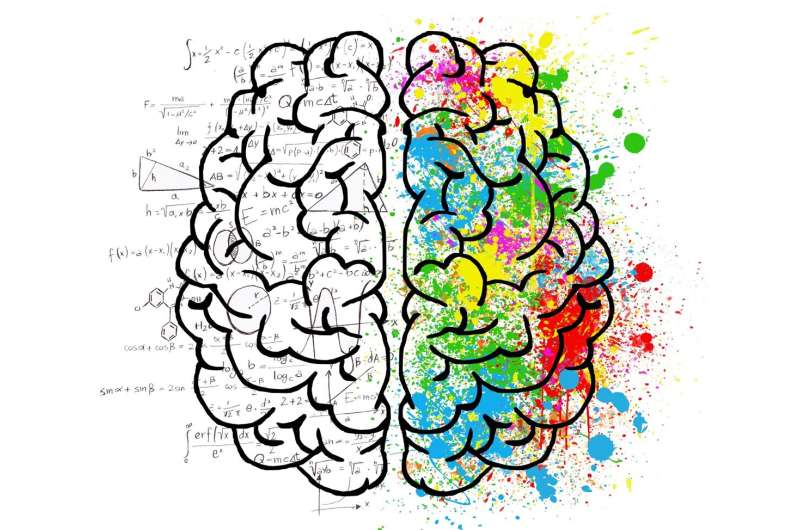
An international scientific team including researchers from the HSE Center for Language and Brain and the HSE Institute for Cognitive Neuroscience have demonstrated that only the left inferior frontal gyrus plays a critical role in action naming. The study findings are published in Brain Structure and Function.
In most people, the task of reading sentences aloud and finding the right word to complete a sentence activates both brain hemispheres. Until now, however, it was unclear which hemisphere is essential for speech generation. A study carried out by an international team of researchers demonstrates, in particular, that only the left inferior frontal gyrus is critically involved in action naming.
Their study sample included not only right-handed, but also left-handed and ambidextrous participants whose speech function typically relies to a greater degree on the right hemisphere. In addition to the standard tasks, the study participants were asked to perform a new one. While most earlier experiments involved naming objects in pictures, this time, the participants were also asked to name actions.
“Our study focused on the inferior frontal gyrus. Earlier research indicates that it is definitely activated during speech generation. By stimulating it, we can find out more precisely which of the hemispheres is critically involved in producing speech,” says Tatiana Bolgina, paper co-author and research assistant at the HSE Center for Language and Brain
The study sample consisted of 31 healthy participants, all native Russian speakers, with different handedness, i.e., left-handed, right-handed, and those with various degrees of ambidexterity. In the first part of the study, the researchers found out how speech generation is represented in the right and left hemispheres in each participant by asking them to read out a sentence and finish it with a suitable word in terms of meaning, grammar and syntax.
While performing the task, the subjects were monitored using fMRI (functional magnetic resonance imaging) to detect their individual patterns of language lateralization; such “language mapping” revealed which brain regions were more activated in the process.
In the second part of the study, the subjects performed a picture naming task in which they were asked to name, using one word, various depicted objects and actions. As the pictures were presented, the subject’s brain was stimulated using rTMS (repetitive transcranial magnetic stimulation) that continued for a while after the picture disappeared, and only then the subject was asked to give their answer.
The method of transcranial magnetic stimulation uses electromagnetic induction. A magnetic field generator or “coil” is placed near the subject’s head to generate magnetic fields of a specific frequency and intensity. The fields pass easily through the skull and meninges, reaching nearby neurons (at a depth of up to 5 cm) and activating them or, conversely, temporarily “turning them off.”
The participants were found to take more time to name actions than objects when rTMS was applied. But only when the left—not the right—inferior frontal gyrus was stimulated did participants name actions with fewer mistakes compared to the control condition of vertex stimulation.
No changes were observed following stimulation in object naming accuracy or reaction time. This finding confirms the critical contribution of the left inferior frontal gyrus to the function of naming actions using verbs.
Accurate localization of brain regions responsible for language is critical for safe and effective neurosurgery to remove brain tumors. Therefore, the study authors suggest including action naming alongside object naming as a preoperative test. This, according to the researchers, could contribute to more comprehensive and accurate brain language mapping, especially in patients with brain tumors.
“In 2021, our center’s team participated in 84 surgeries in Moscow, Nizhny Novgorod and Novosibirsk, during which the patient was awakened to test their speech ability. Even more such surgeries are expected this year, and each time, preserving the patient’s speech is essential for their quality of life,” says Olga Dragoy, director of the HSE Center for Language and Brain.
More information:
Tatiana Bolgina et al, Repetitive transcranial magnetic stimulation modulates action naming over the left but not right inferior frontal gyrus, Brain Structure and Function (2022). DOI: 10.1007/s00429-022-02574-y
Journal information:
Brain Structure and Function
Source: Read Full Article
